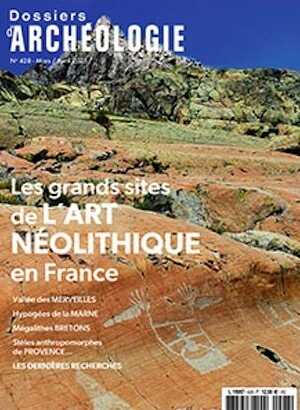- Recherche
- Recherche avancée
The Proto-Neolithic Cemetery in Shanidar Cave, 2004, 256 p. -
In distant prehistory, along a branch of the Tigris River, a group of humans once lived in a community “on the threshold of the Neolithic Revolution.” Near their open village at the river, Shanidar Cave, nestled in the Zagros Mountains, served as a base camp and also sheltered a burial site. Eleven thousand years later, archaeologists excavating the cave have discovered artifacts and skeletal remains that offer impressive evidence about this site's prehistoric culture and, specifically, about the origins of agriculture and trade. The thirty-five bodies in twenty-six burials and the associated artifacts recovered from the cave's upper levels are systematically catalogued and described in this well-illustrated and carefully explicated report. Associated with the burials was a special assemblage of funerary goods and human remains that provide new clues to the familial relationships and lifestyles of these peopleof the ninth millennium B.C. The only prehistoric cemetery site of its kind east of the Mediterranean area, Shanidar Cave adds a new geographic perspective to the study of the Proto-Neolithic era, which has been dominated by findings from the more extensively investigated Levant area to the west. It suggests unexpected patterns of trade and cultural interactions and offers clues to the role of the Zagros- Taurus Mountains area in the prehistory of the Near East. This report has long been awaited by anthropologists who have followed the work of the Soleckis' research team on the distant prehistory of Mesopotamia. The current inaccessibility of the region for further excavations (because of recent political developments in Iraq and surrounding countries) gives the material even greater value and significance.
Référence : 27980.
54,00 €
Dans la même époque
Nouveauté

La vie au grand air ! Il y a 23 475 ans : chroniques solutréennes, (cat. expo. Musée national de Préhistoire, Les Eyzies, oct. 2024 - mai 2025), 2024,...
Réf : 57844.
Français
29,00 €
Nouveauté

Dossiers d'Archéologie n°428, Mars-Avril 2025. Les grands sites de l'art néolithique.
Réf : 57780.
Français
12,00 €


